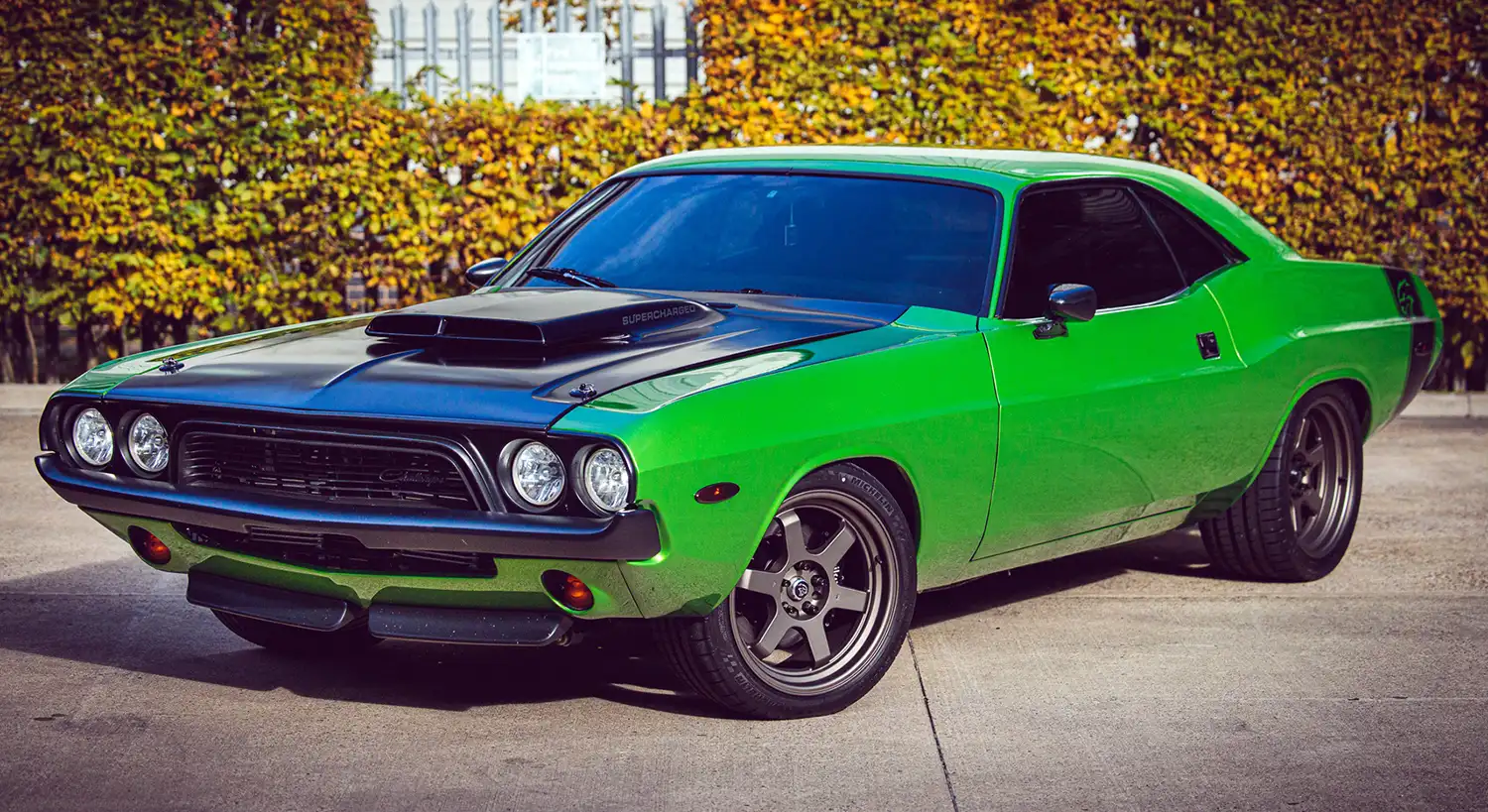
The Dodge Challenger, a legendary muscle car, has left an indelible mark on automotive history since its inception. From its debut in the early 1970s to its enduring legacy today, the Challenger continues to captivate enthusiasts and collectors alike. Let’s delve into the fascinating story of the Dodge Challenger, exploring its various models, specifications, and performance numbers throughout its illustrious history.
History of the 1974 Dodge Challenger
The Dodge Challenger made its debut in 1970, amidst the of the muscle car era. Inspired by the success of other pony cars like the Ford Mustang and Chevrolet Camaro, Dodge sought to create a vehicle that combined style, power, and performance. The Challenger quickly garnered attention with its bold design, potent engines, and exhilarating driving experience.
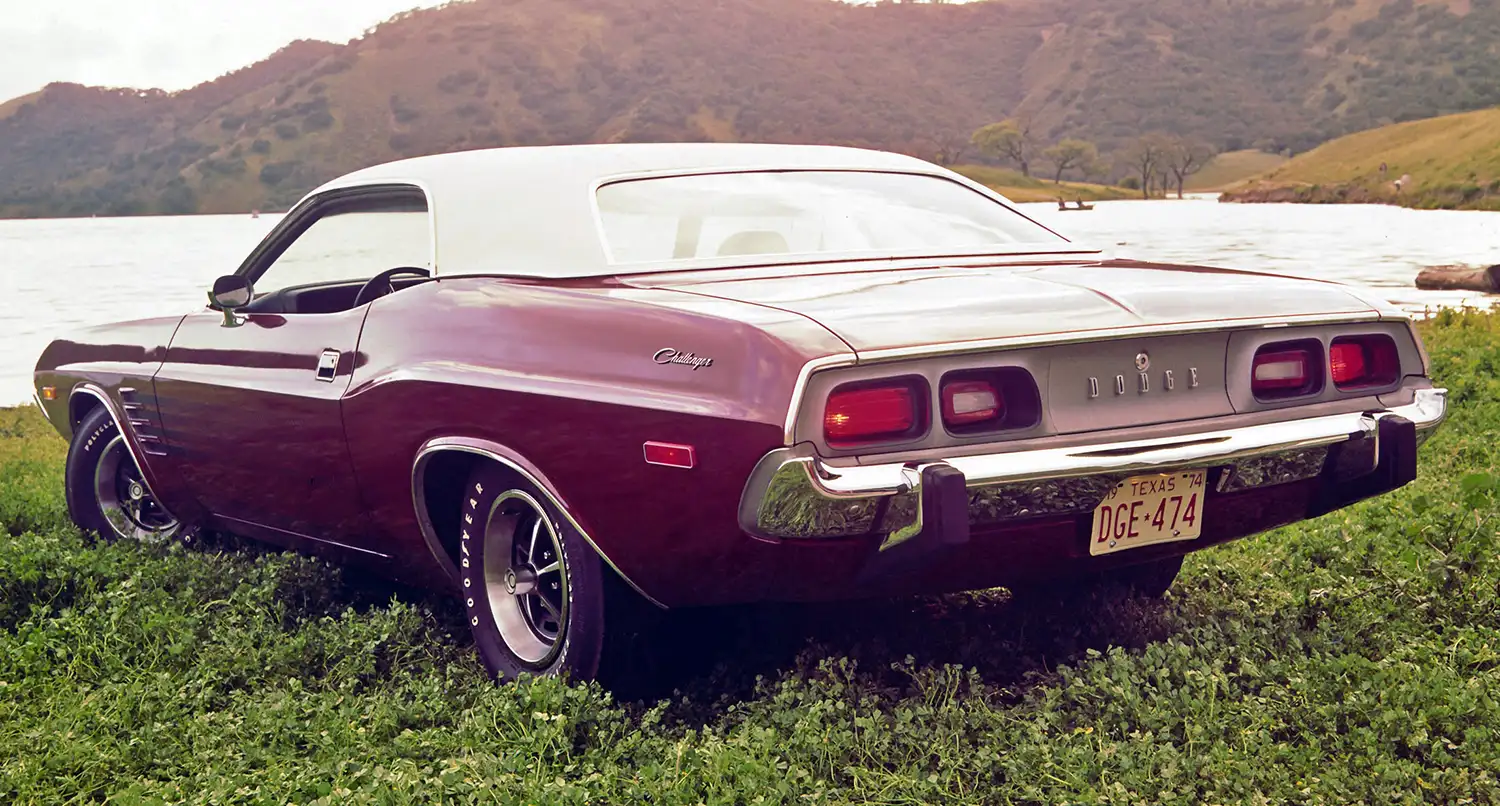
By 1974, the Challenger had firmly established itself as a force to be reckoned with in the automotive world. Despite facing challenges such as tightening emissions regulations and changing consumer preferences, Dodge remained committed to delivering a standout driving experience with each new model year.
Models and Variants
The 1974 Dodge Challenger offered a range of models and variants to cater to different tastes and preferences. From the base model to high-performance versions, there was a Challenger for every enthusiast.
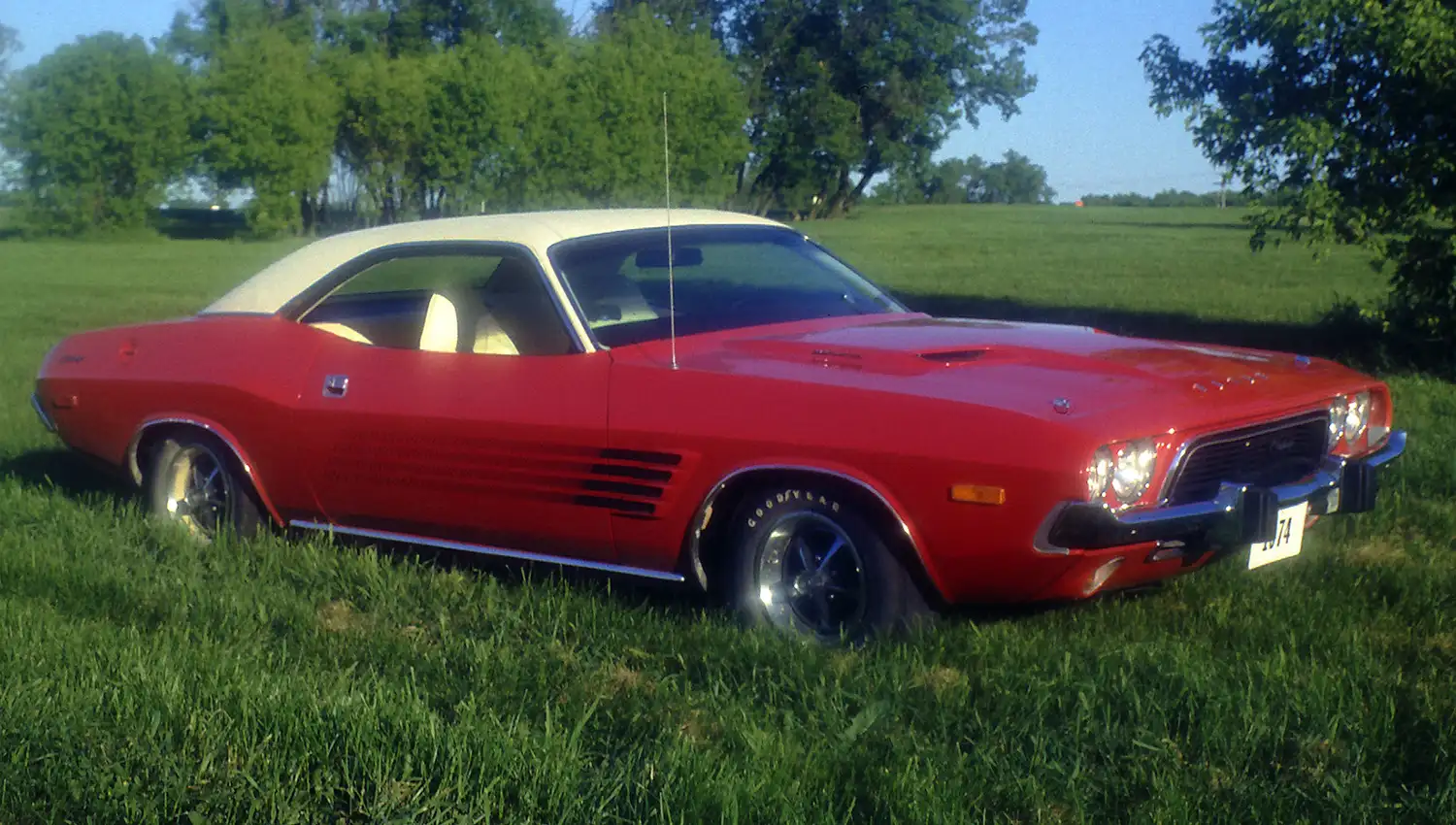
- Base Model: The entry-level Challenger featured a sleek exterior design with distinctive muscle car styling cues. Equipped with a range of engine options, including inline-six and V8 powerplants, it offered a balance of performance and affordability.
- Challenger SE: The Challenger SE (Special Edition) added a touch of luxury to the lineup, featuring upgraded interior appointments and comfort-focused amenities. It appealed to drivers seeking a more refined driving experience without compromising on performance.
- Challenger R/T: The Challenger R/T (Road/Track) was the epitome of muscle car performance, boasting powerful V8 engines and track-inspired enhancements. With its aggressive stance and exhilarating acceleration, the R/T model was a favorite among enthusiasts looking for heart-pounding thrills.
- Challenger T/A: Short for Trans Am, the Challenger T/A was designed for competitive racing, featuring aerodynamic enhancements and performance-oriented features. It was built to dominate the track and showcased Dodge’s commitment to motorsport excellence.
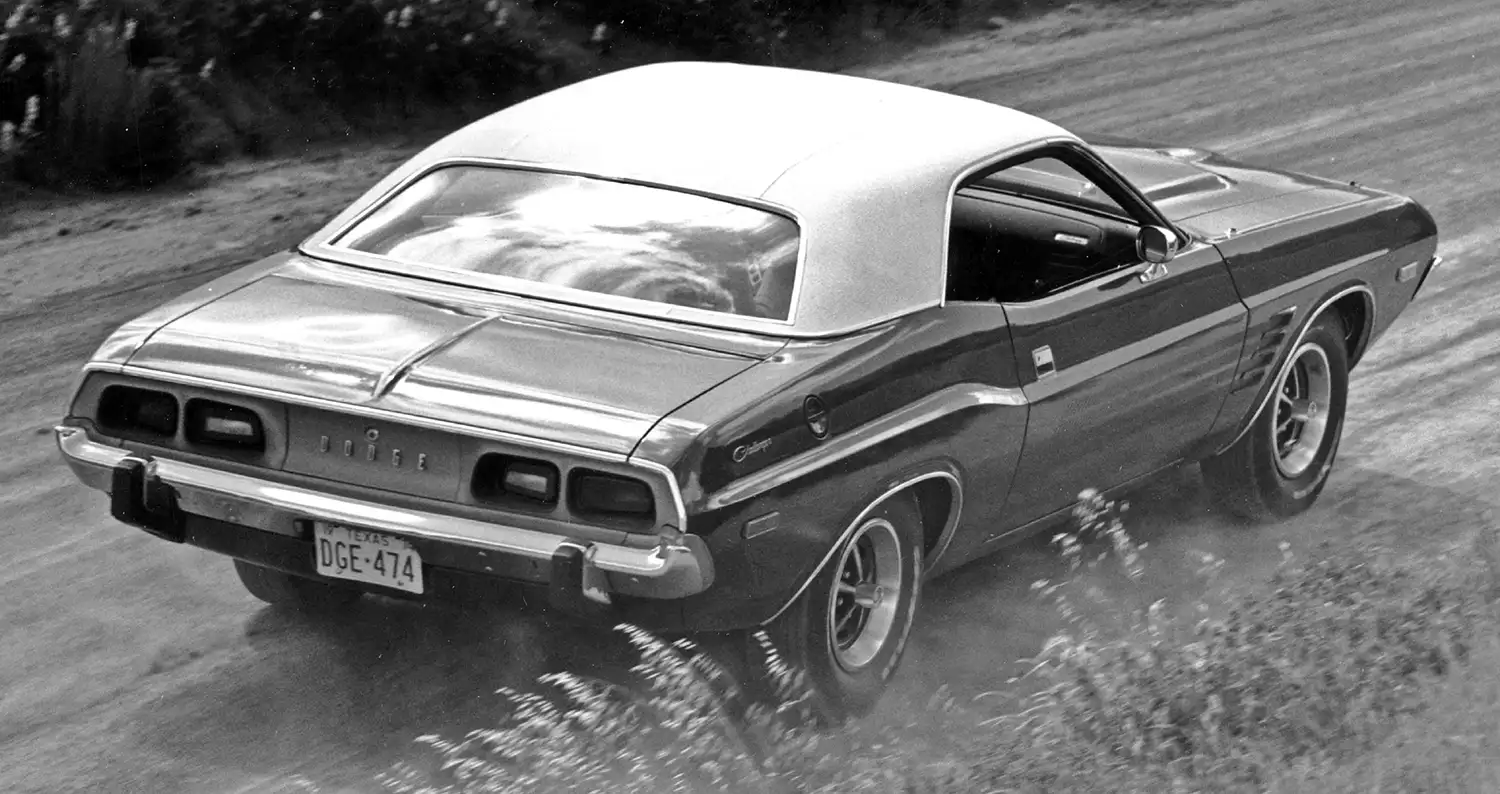
Specifications and Performance Numbers
The 1974 Dodge Challenger was available with a range of engine options, each offering its own unique blend of power and performance. Here are some key specifications and performance numbers for the various engine choices:
- Engine Options:
- Inline-Six: Displacement ranging from 3.7 to 4.0 liters, producing between 100 to 125 horsepower.
- V8 Engines: Available in various configurations, including small-block and big-block options. Horsepower ranged from 150 to 240, depending on the engine size and configuration.
- Performance Figures:
- Acceleration: Depending on the engine and configuration, 0-60 mph times ranged from approximately 8 to 6 seconds.
- Top Speed: Varies by engine and model, with top speeds reaching up to 120 mph or more.
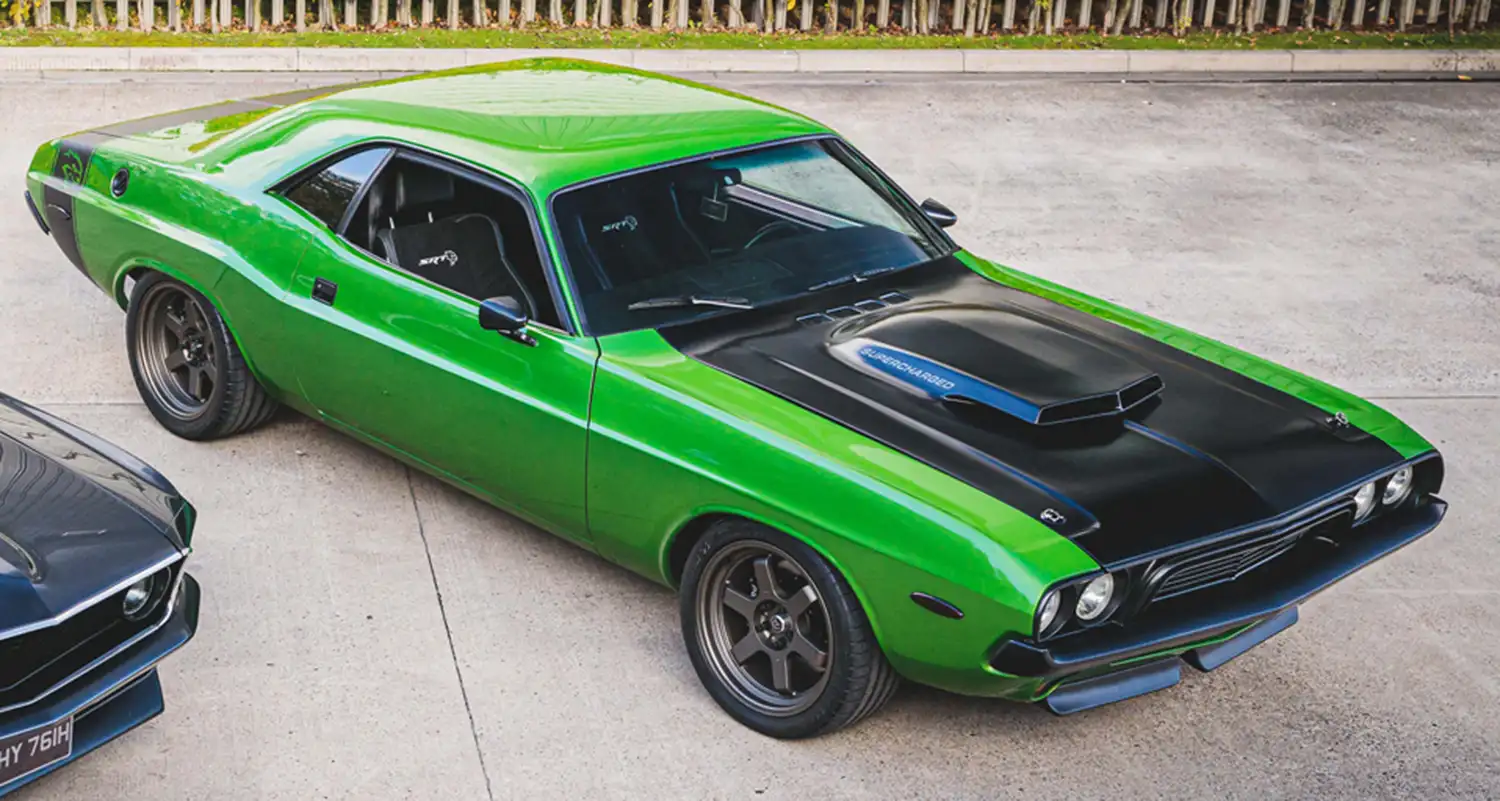
Legacy and Impact
The 1974 Dodge Challenger left an indelible mark on automotive history, cementing its place as an iconic American muscle car. Its timeless design, powerful performance, and rich heritage continue to inspire automotive enthusiasts and collectors around the world. Whether cruising the open road or tearing up the track, the Challenger embodies the spirit of American muscle and remains a symbol of automotive excellence.
In conclusion, the 1974 Dodge Challenger stands as a testament to Dodge’s commitment to innovation, performance, and craftsmanship. From its diverse range of models to its impressive specifications and performance numbers, the Challenger remains an enduring icon that continues to captivate generations of enthusiasts.
This Article use tools from Chatgpt
